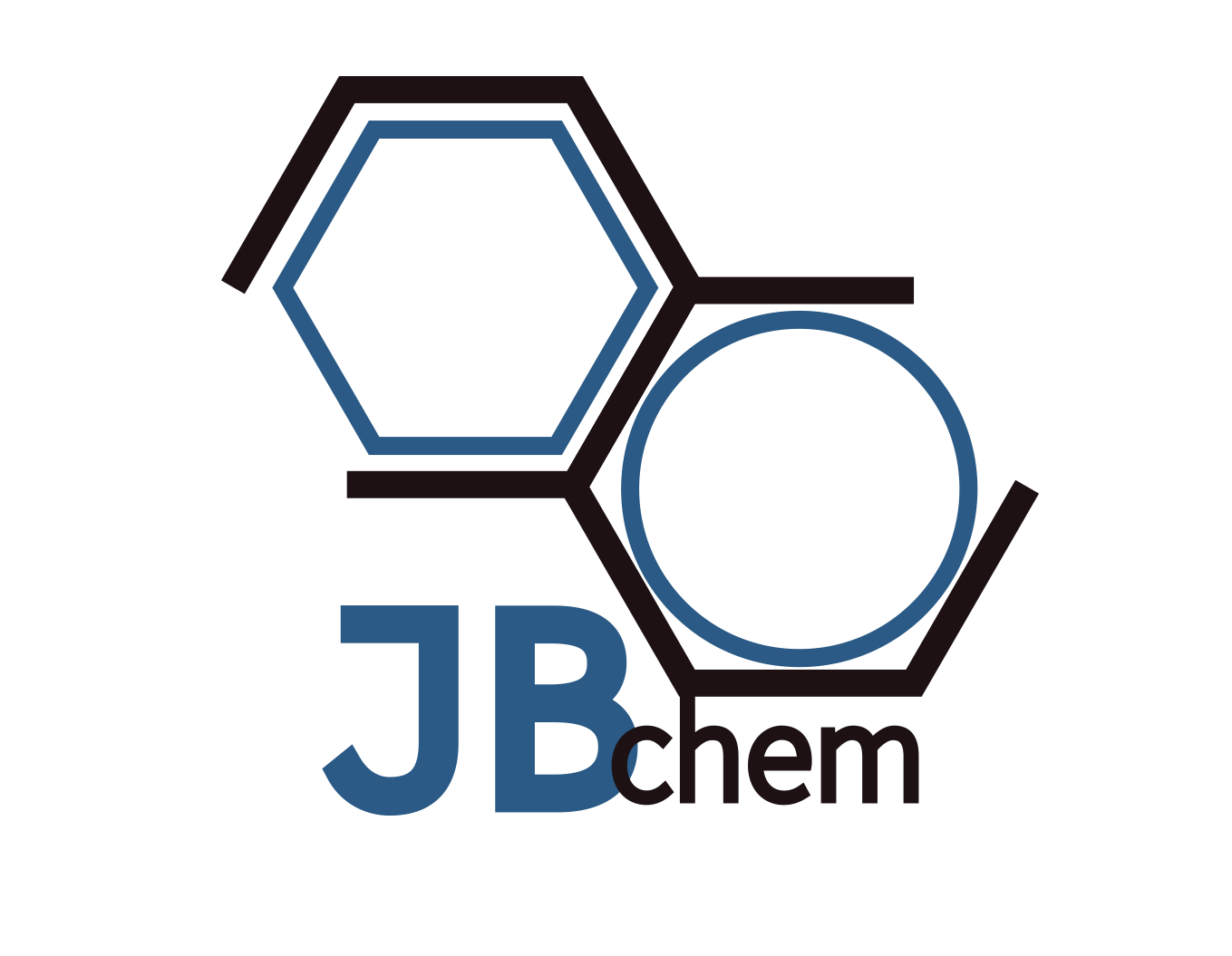Product Properties
Product: Lanthanum oxide
Formula: La2O3
CAS No.: 1312-81-8
Molecular Weight: 325.82
Density: 6.51 g/cm3
Melting point: 2315°C
Appearance: White powder
Specification of Lanthanum Oxide
| Product Code | 5790 | 5791 | 5792 | 5793 | 5795 | 5797 |
| Grade | 99.9999% | 99.999% | 99.995% | 99.99% | 99.9% | 99% |
| CHEMICAL COMPOSITION | ||||||
| La2O3/TREO (% min.) | 99.9999 | 99.999 | 99.995 | 99.99 | 99.9 | 99 |
| TREO (% min.) | 99.5 | 99 | 99 | 98 | 98 | 98 |
| Loss on ignition (% max.) | 1 | 1 | 1 | 2 | 2 | 2 |
| Rare Earth Impurities | ppm max. | ppm max. | ppm max. | ppm max. | % max. | % max. |
| CeO2 Pr6O11 Nd2O3 Sm2O3 Eu2O3 Gd2O3 Y2O3 | 0.5 0.5 0.5 0.2 0.2 0.2 0.5 | 3 3 2 2 2 2 5 | 5 5 5 5 5 5 5 | 50 50 50 10 10 10 10 | 0.95 0.02 0.021 0.01 0.001 0.002 0.01 | 0.5 0.12 0.1 0.1 0.1 0.1 0.1 |
| Non-Rare Earth Impurities | ppm max. | ppm max. | ppm max. | ppm max. | % max. | % max. |
| Fe2O3 SiO2 CaO CoO NiO CuO MnO2 Cr2O3 CdO PbO | 1 10 10 2 2 2 2 2 5 5 | 2 50 50 2 2 2 2 2 5 5 | 10 50 50 2 2 2 2 3 5 10 | 50 100 100 5 5 3 5 3 5 50 | 0.011 0.05 0.2 | 0.02 0.13 0.54 |
Application of Lanthanum Oxide
Catalysis: Due to its ability to stabilize high-temperature reactions, lanthanum oxide serves as a catalyst or catalyst support in various industrial chemical processes. It is particularly useful in automotive catalytic converters for controlling exhaust emissions and in the petrochemical industry for cracking processes.
Electronics: Lanthanum oxide is used in the semiconductor industry for the production of gate dielectrics in field-effect transistors (FETs). Its high dielectric constant makes it suitable for use in advanced electronic devices, improving their performance and efficiency.
Fuel Cells: It is a component of solid oxide fuel cell (SOFC) electrolytes and electrodes. Lanthanum oxide-based materials, often combined with other metal oxides, contribute to the high ionic conductivity and stability of fuel cells, which convert chemical energy into electricity.
Phosphors: Lanthanum oxide is used as a host material for phosphors in lighting and display technologies. When doped with other elements, it can produce materials that emit light of various colors when excited, used in fluorescent lamps and LED devices.
Biomedical: There is growing interest in using lanthanum oxide nanoparticles in biomedical applications, including drug delivery and imaging, due to their unique optical and chemical properties. However, these applications are still largely in the research and development stage.

